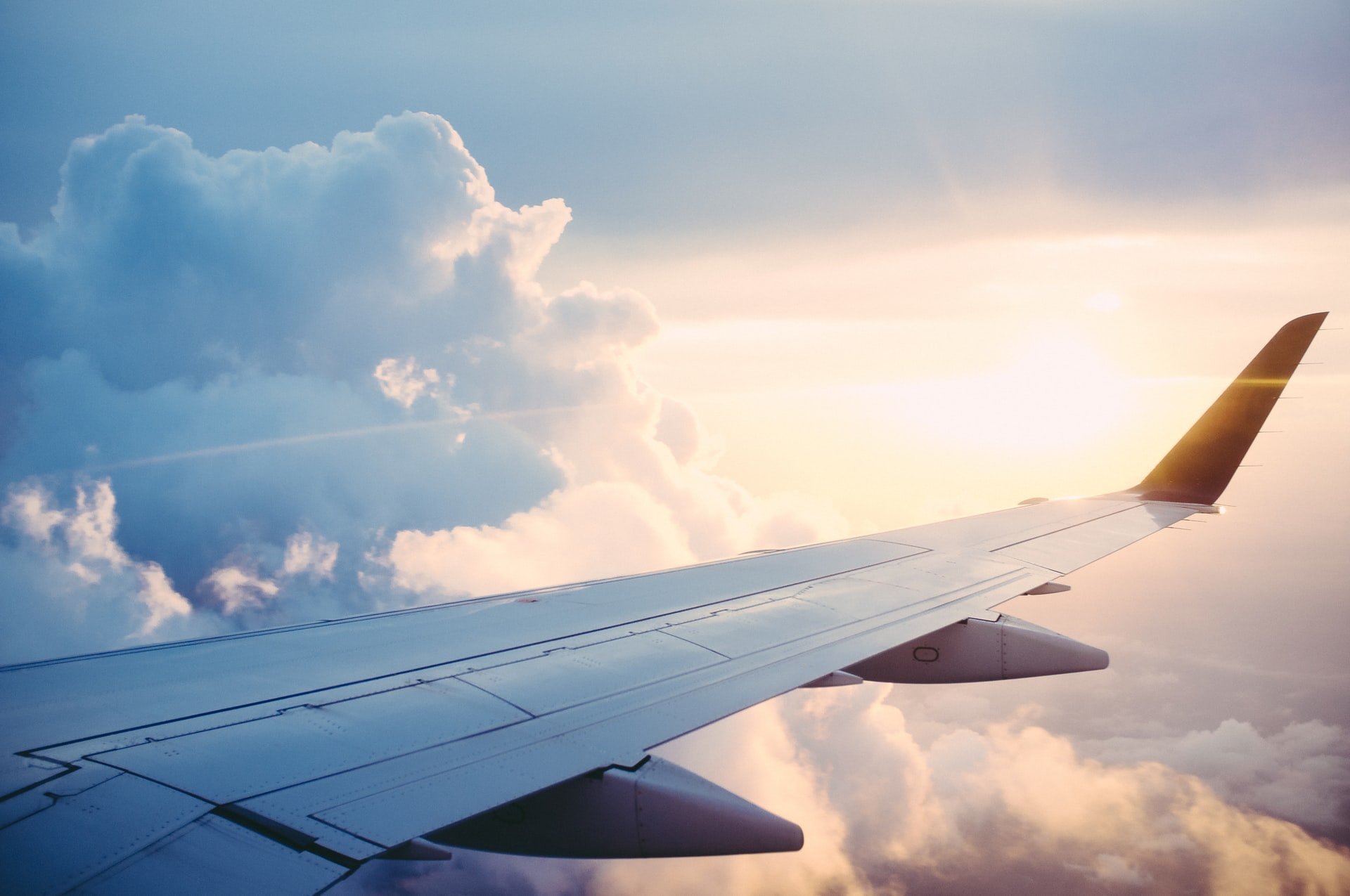Flying With Your Breast Pump
The TSA regulations for packing and traveling with your pump can be confusing. The Food and Drug Administration (FDA) considers pumps to be medical devices, and the TSA says you are allowed to bring a pump in your carry-on, but the specific policies are left up to each individual airline, and they all vary in their language and allowances and even more frustrating many are very vague. You should absolutely contact your specific airline and get the information in writing, print it out, and have it with you when you travel. You are correct if you are feeling frustrated, but alas, until things change, it is best to take precautionary steps rather than have a difficult situation ruin your travel experience.
TSA and Human Milk
The first thing you need to know is that you do NOT have to travel with a child to transport human milk with you while you fly! Formula, human milk, and juice are allowed in reasonable quantities in carry-on bags. You must remove these items from your carry-on bag to be screened separately from the rest of your belongings. Be proactive, flag your human milk for the TSA officer and take the bottle(s) or other containers out of the bag you have it stored in. Make sure to use a see-through container that makes it easier for the officer to see the content.
TSA can ask you to remove a small quantity of the milk to have it tested. While it is frustrating and even infuriating that we are still subjected to this, it is more likely to go your way if you willingly comply. They may use a special paper to wipe down the outside of the storage units to test for possible explosive or drug residue. They may also put the containers with your milk through x-ray machines. If you want to avoid giving up any volume of milk to be tested or the x-ray process, you can request alternate screening procedures, which can “include a pat-down and screening of other carry-on property,” according to the TSA.
The TSA allows “ice packs, freezer packs, frozen gel packs and other accessories required to cool breast milk.” However, if anything with liquid is partially frozen or slushy, it may require additional screening. You should consider using ice packs that are frozen solid. Dry ice is another option when flying with human milk, but it adds a layer of complexity. If you choose dry ice, make sure to CHECK with your specific airline for the exact requirements. The FFA sets limitations on the amount and how dry ice must be labeled, and ultimately, they stipulate that you MUST get approval from your airline.
While we have come a LONG WAY in the last 18 years since I traveled with my baby and pumped milk, it is ultimately up to the TSA officer whether any item is allowed past the security check. I have many clients who nurse and travel frequently for work and pump their milk while traveling. None of them have reported any issues. If you run into a problematic officer, REMAIN CALM and ask to speak to a supervisor. You can always bookmark this page from the TSA website to have it handy, or you can print out the content of the linked page.

